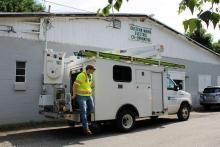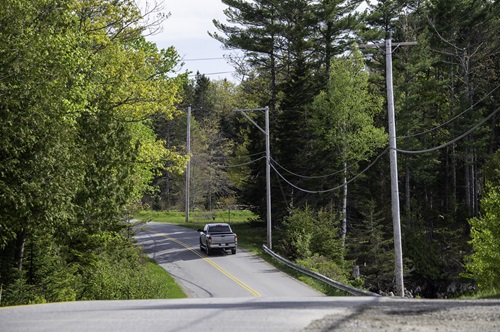Data Challenges for Equitable Broadband Access In Fresno, CA and Beyond - Episode 592 of the Community Broadband Bits Podcast

In this podcast episode, Christopher engages in a conversation with Philip Neufeld, the Executive Officer for Information Technology at the Fresno Unified School District. They delve into the crucial role of data in addressing broadband connectivity challenges in low-income neighborhoods, stressing the need for accurate and comprehensive data to guide policy decisions and investment strategies.
Philip's proactive data collection efforts in Fresno, particularly through speed tests on school devices, offer valuable insights into connectivity issues. He emphasizes the importance of using this data to advocate for solutions that bridge the digital divide.
The episode concludes by exploring the limitations of current mapping methods and the urgent need for more accurate data to drive effective and targeted solutions. Highlighting a collaborative approach, they underscore the significance of public-private partnerships and community coalitions in advocating for equitable broadband access in low-income neighborhoods.
This show is 44 minutes long and can be played on this page or using the podcast app of your choice with this feed.
Transcript below.
We want your feedback and suggestions for the show: please e-mail us or leave a comment below.
Listen to other episodes here or see other podcasts from the Institute for Local Self-Reliance here.
Thanks to Arne Huseby for the music. The song is Warm Duck Shuffle and is licensed under a Creative Commons Attribution (3.0) license.



